Our Tenerife travel essentials guide offers all the tips and information you need to make the most out of your holiday adventure to this jewel of the Canary Islands. You'll find information about the local climate, emergency services, electricity, plug types and more. We even detail some of the best ways to get to Tenerife and how you can explore the island once you arrive.
No trip to the island would be complete without checking out some of the most popular festivals and landmarks, so we've included some alluring features that you won't want to miss out on. Check out this travel essentials guide for everything you need to know about an unforgettable Tenerife holiday.
When is the best time to travel to Tenerife?
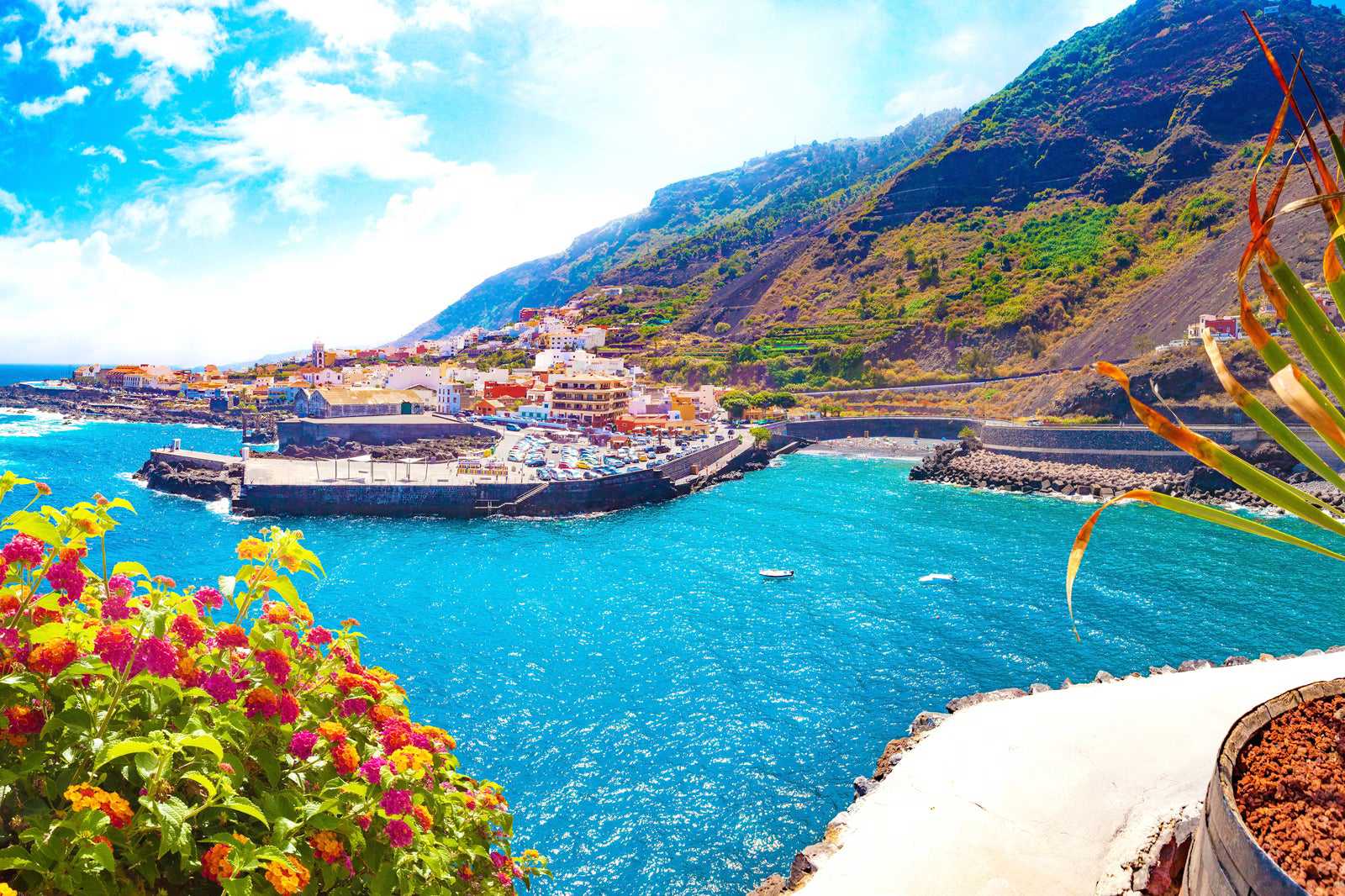
Temperatures are relatively consistent all year long with the warmer months having a mean temperature of about 24°C and colder months averaging closer to 18°C.
Rain isn't all that common on Tenerife, but December is the rainiest, getting about 4.1 centimetres of rain with an average of 8 rainy days throughout the month. During summer, the island doesn't usually get any rain at all.
The warmest months are August and July with highs of 29°C and 28.4°C, respectively.
Winter is the most popular time to visit Tenerife with its warm weather, though summer also entertains quite a few travellers looking to avoid rain.
Tenerife basics
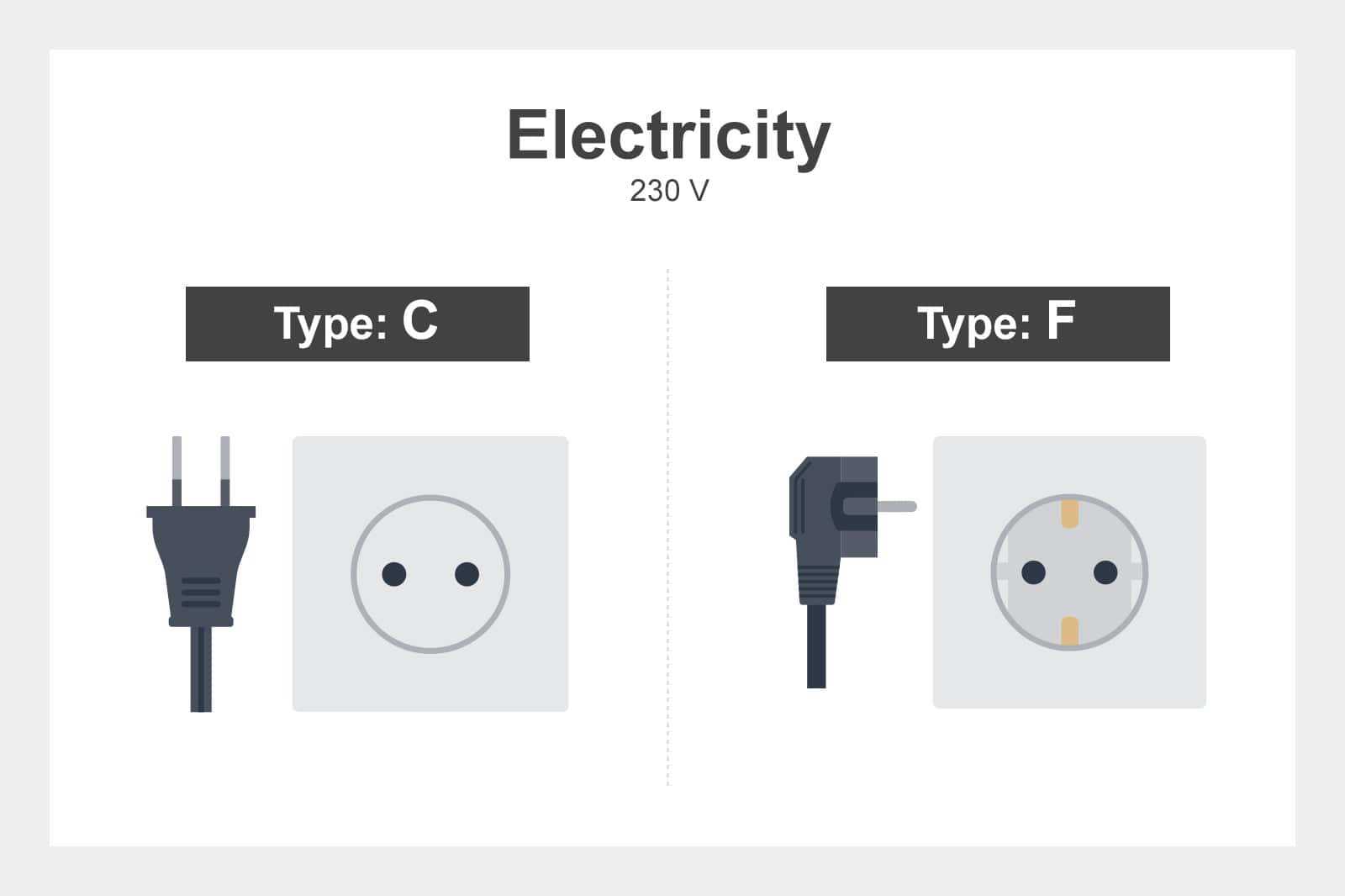
Plug type: Most outlets on the Canary Islands use Type C, E or F plugs.
Electricity: Tenerife has a standard voltage of 230V at a frequency of 50Hz.
Currency: Like the rest of Spain, Tenerife uses the euro.
International dialling code: The international dialling code for Spain is +34.
Emergency telephone number: The emergency phone number in Tenerife is 112 for all services.
Lihat juga
- 6 Best Family Things to Do in Tenerife
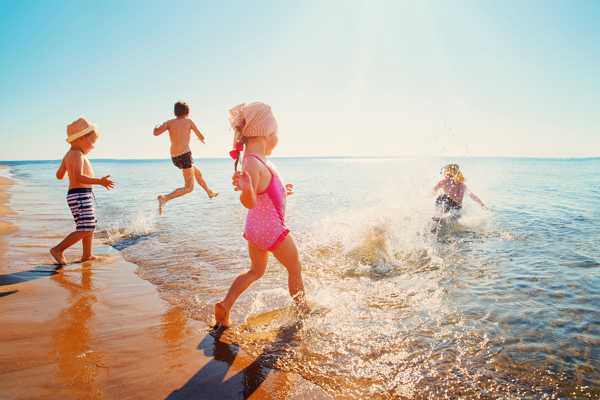
6 Best Family Things to Do in Tenerife
Spain - 9 Best Things to Do in Costa Adeje

9 Best Things to Do in Costa Adeje
Spain - 10 Best Things to Do in Puerto de la Cruz

10 Best Things to Do in Puerto de la Cruz
Spain
How to get to my hotel in Tenerife?
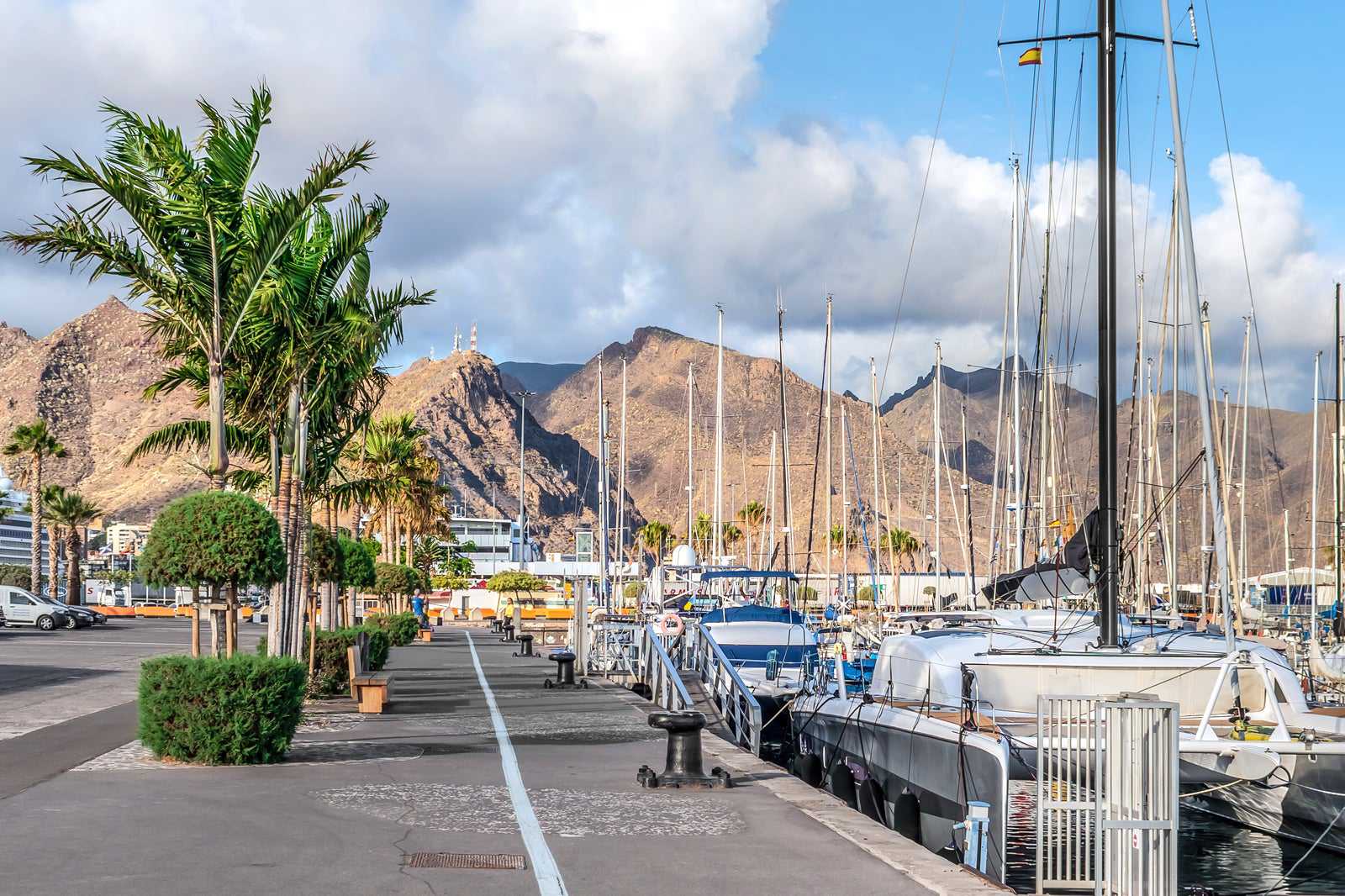
Since Tenerife is an island among the Canary Islands, there are really only 2 ways to get there from pretty much anywhere else in the world. You'll have to fly or take a ferry. From the UK, flying is almost certainly the easiest way, but Tenerife is a common stop on a lot of cruise lines as well.
Airport: Tenerife is serviced by the Tenerife Sur Airport or TFS, which is about 38 miles to the south of Santa Cruz. This airport has connections to several different countries including the UK. A flight from London to TFS takes about 4 hours and 20 minutes.
Train station: There is no way to get to Tenerife solely by train. The only train service on the island exclusively serves locations on the island itself.
Ports: The major port of the island is in Santa Cruz, so that's where you'll be arriving in most cases when travelling by ferry or cruise ship. Ferries from Huelva and Cadiz in mainland Spain can take you to Tenerife.
How to get around Tenerife?
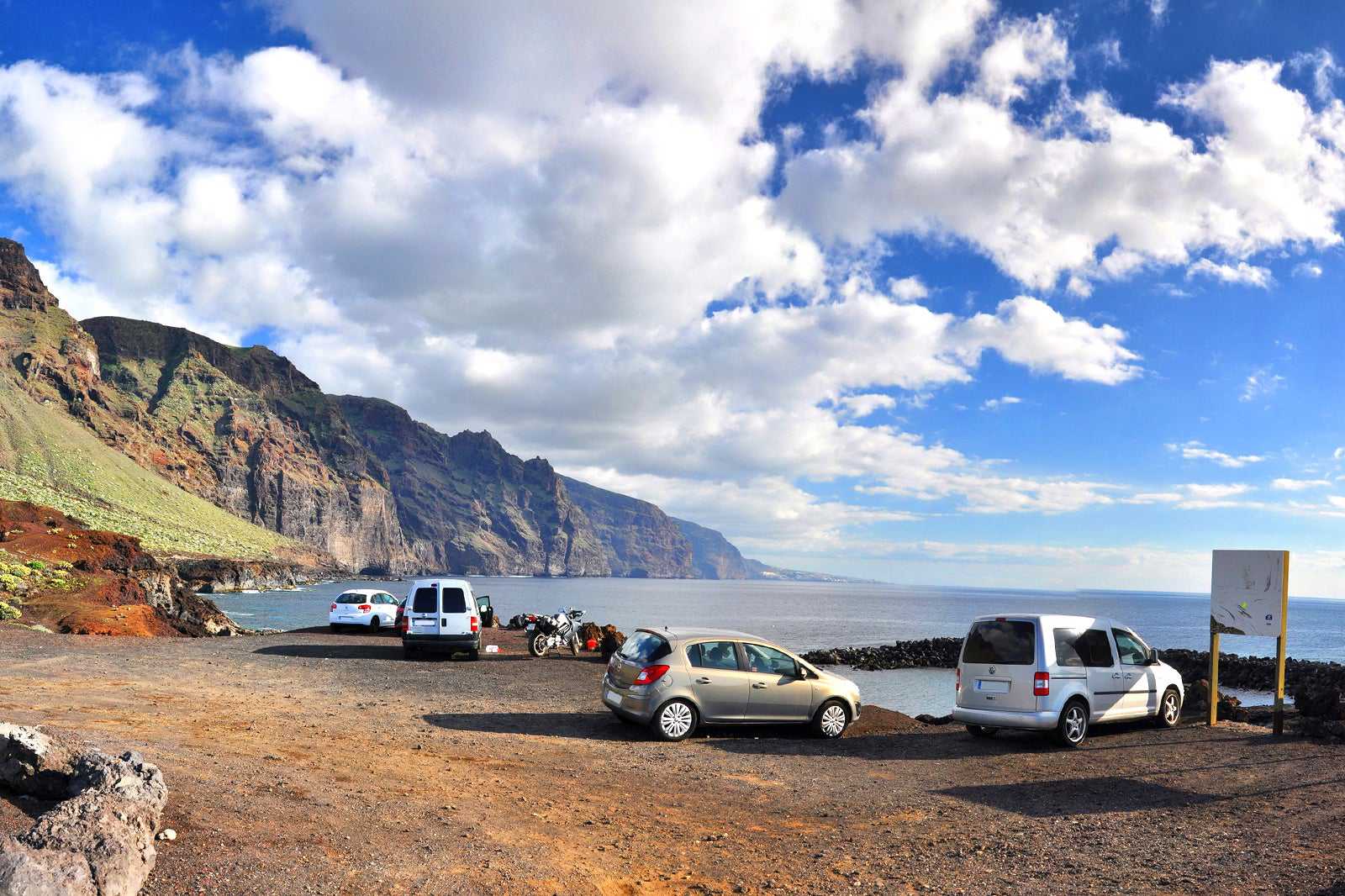
Travel tips: The best way to get around Tenerife depends on what you're interested in doing. If you don't plan to stray too far from the city or one of the many towns on the island, taking public transport is easy and efficient enough. For more remote and mountainous areas of the island, however, a car hire is your best bet.
Underground: There is no strictly underground rail system on the island, but Tenerife does have a tram service that stretches from La Laguna to Santa Cruz. One-way tickets are nearly free, and it takes about 40 minutes to go the entire route.
Taxi and rideshare apps: While Uber, Lyft and other rideshare apps haven't made their way to Tenerife yet, you'll find several taxi services available. Keep in mind that taxis can be quite expensive if you travel any decent distance, so it may be more affordable to opt for a shuttle bus service.
Bus: Local guaguas or public buses cover a good portion of the island, and they run regularly every day. Still, you'll want to check the routes and timetables beforehand. If you plan to use the bus a lot, a Ten+ daily or weekly travel pass can save you some money, and they're available at ticket machines and bus stations.
Car hire: Car hires are an incredibly popular way to get around the island and virtually the only option if you want to see more remote mountainous areas. Parking is readily available in most areas of the island. If you visit a popular beach, however, finding any kind of parking that's free is nearly impossible. Paid parking is virtually everywhere, however, so plan that in your budget if you want a car hire.
Cycle hire: Cycling is one of the most popular activities on the island for locals and travellers alike with plenty of routes that stretch all across the island. Some pro cyclists even train here. With that in mind, the mountain trails can require a lot of physical strength, so it's typically only good for exceptionally athletic people. Cycles are available for hire in several different forms with Free Motion and Bike Point having much to offer on the southern coast.
What are the main festivals in Tenerife?
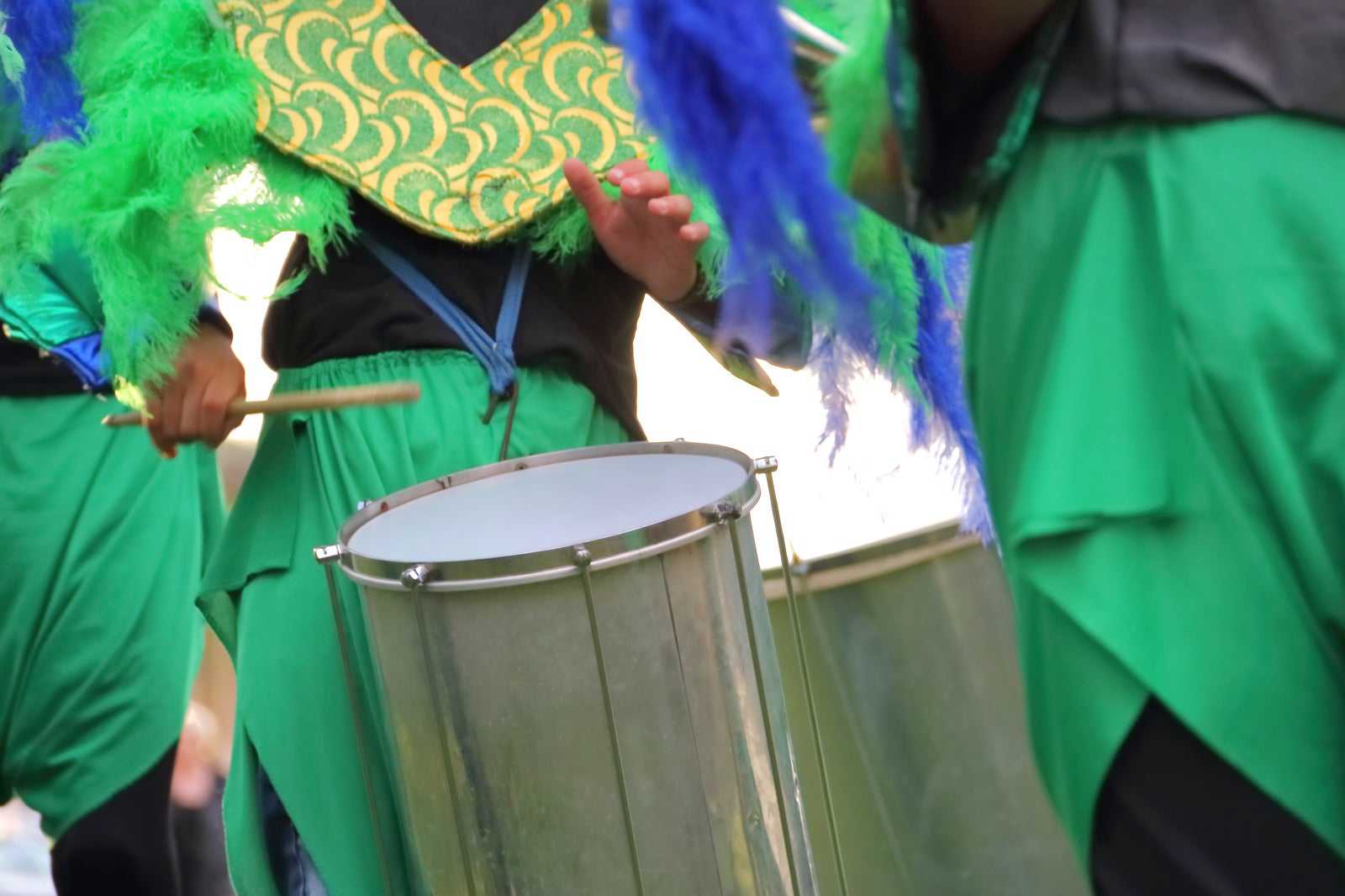
Tenerife Carnival
When: January through February
What: Tenerife Carnival is the local carnival celebration with colourful costumes, parades and plenty to see and do. It has officially been declared an International Tourist Interest and features live music and artistic performances and presentations. Be prepared to see a lot of people in costume, as that's the norm during the festivities.
Where: Santa Cruz
Virgen del Carmen Boat Procession
When: Mid July
What: The Virgen del Carmen Boat Procession is a festival that honours the protector of seamen with a parade of boats travelling just off the coast. These boats are fabulously decorated with wreaths and flowers, though there are several religious aspects to the overall festival as well.
Where: Puerto de la Cruz
Holy Week
When: April
What: Holy Week is an iconic celebration throughout several cities on the island that showcases religious parades with historical items and artworks. In fact, the items and imagery on display during Holy Week in La Laguna are often compared to an open-air museum with all the historic and artistic value there.
Where: Cities across the island like La Laguna, Santa Cruz and La Orotava
What are the main landmarks in Tenerife?
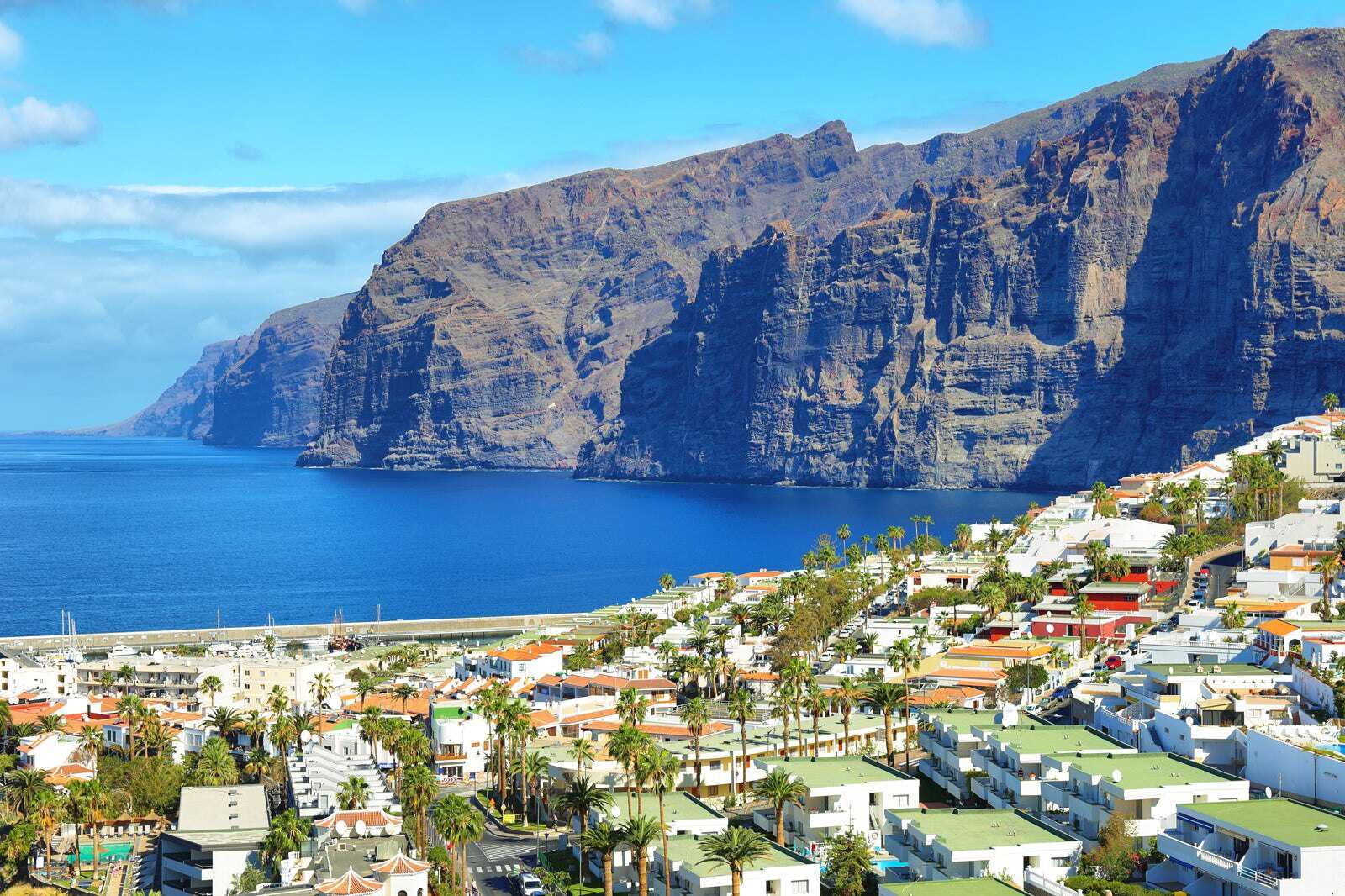
Gumar Black Pyramids
The Gumar Black Pyramids are a mysterious and fascinating landmark on the island that resemble similar step pyramids found in places like Mexico and Peru. They are a standing testament to the ancient people who used to live on the island, and they're set up near an accompanying museum that lets you learn more about them.
Acantilados de Los Gigantes
The Acantilados de Los Gigantes or Cliffs of the Giants are an awe-inspiring natural structure on the western side of the island. These dramatic rock faces are massive in size, and you can even see them up close with boat tours that can be charted from the nearby Los Gigantes resort.
Barranco del Infierno
The Barranco del Infierno is a stunning gorge in the Adeje region of the island with steep sides and quite a few historic burial caves. The walking trail here is positively picturesque with quite a few impressive viewpoints along the way. Just note that it takes about 2 hours to complete the entire trail.
Los Roques de Garcia
Los Roques de Garcia is a natural feature and prominent landmark that depicts red rock formations situated in unusual formations. Some of the most peculiar include a natural standing narrow pillar in which red rock formed upwards like a support column of an ancient gargantuan structure. There's a carpark nearby, so it's easy to drive here.
What are the main towns and villages around Tenerife?

The island of Tenerife is the largest among the Canary Islands, so you'll find quite a few towns and cities to explore throughout. Take a look at some of the most notable.
Puerto de la Cruz
Puerto de la Cruz is a popular city on the northern coast that lets you enjoy Canarian culture and modern conveniences set up right alongside lush greenery and tropical beachfront. The beach is a great place to relax, and if you're travelling with the whole family, you won't want to miss out on the local zoo and water park. To get a taste of history, check out the old fishing port, which still boasts cobbled streets and several buildings in the old colonial-style.
Santa Cruz
Santa Cruz is the capital city of Tenerife, and it boasts a breathtaking cityscape with picturesque squares and historic sites. Plus, it's located by a northeastern beach, so you can spend some time by the shore as well. Museums are quite common here, but you'll also find Playa de Las Teresitas, a man-made beach with fine sand and inviting turquoise waters. This is likely going to be the city you arrive to Tenerife in anyway, so it's easy to set aside time to take in the local attractions.
Los Gigantes
Los Gigantes is a coastal town named after the giant rock formations that can be seen from virtually anywhere in the community. It's mostly a resort town, so it's remarkably easy to relax here with plenty of bars, spas and beachfront to enjoy. Playa de la Arena is a particularly popular beach here sporting black sand and gentle waters you won't want to miss. Plus, restaurants and bars are located right nearby, and the town is small enough that you can get pretty much anywhere within simply by travelling on foot.
La Laguna
La Laguna is the historic capital of the island and still has a lot of history to absorb even though it hasn't been in charge of Tenerife since 1723. Many buildings and houses here date back to the 17th and 18th centuries, and some of the churches are even older. The entire city has been declared a UNESCO World Heritage Site with buildings like Catedral de Nuestra Senora de Los Remedios and Iglesia de Santo Domingo within its limits well preserved and protected.
Artikel ini termasuk pendapat pasukan editorial Go Guides Hotels.com memberi pampasan kepada pengarang bagi penulisan mereka yang muncul di laman ini; pampasan tersebut mungkin termasuk perjalanan dan lain-lain kos.
Mula merancang perjalanan anda
Tempat menginap di Tenerife

Hard Rock Hotel Tenerife

The Ritz-Carlton Tenerife, Abama

Iberostar Selection Anthelia

Mediterranean Palace

Santa Barbara Golf And Ocean Club
Kisah berkaitan
- 6 Best Family Things to Do in Tenerife

6 Best Family Things to Do in Tenerife
Spain - 9 Best Things to Do in Costa Adeje

9 Best Things to Do in Costa Adeje
Spain - 10 Best Things to Do in Puerto de la Cruz

10 Best Things to Do in Puerto de la Cruz
Spain - 10 Free Things to Do in Tenerife

10 Free Things to Do in Tenerife
Spain - 10 Best Beaches in Tenerife
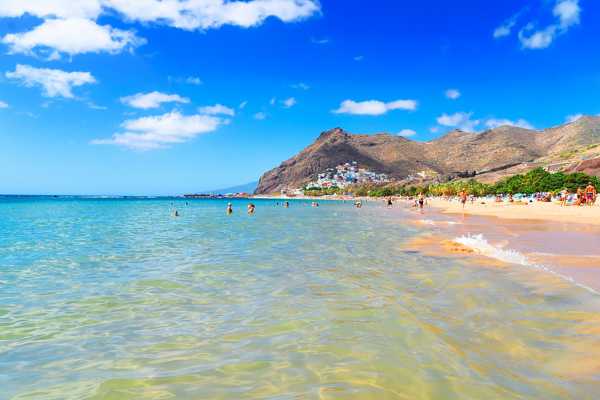
10 Best Beaches in Tenerife
Spain - 10 Best Things to Do After Dinner in Tenerife

10 Best Things to Do After Dinner in Tenerife
Spain - 10 Best Nightclubs in Tenerife

10 Best Nightclubs in Tenerife
Spain - The 10 Best Restaurants for Local Cuisine in Tenerife

The 10 Best Restaurants for Local Cuisine in Tenerife
Spain
